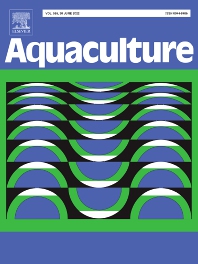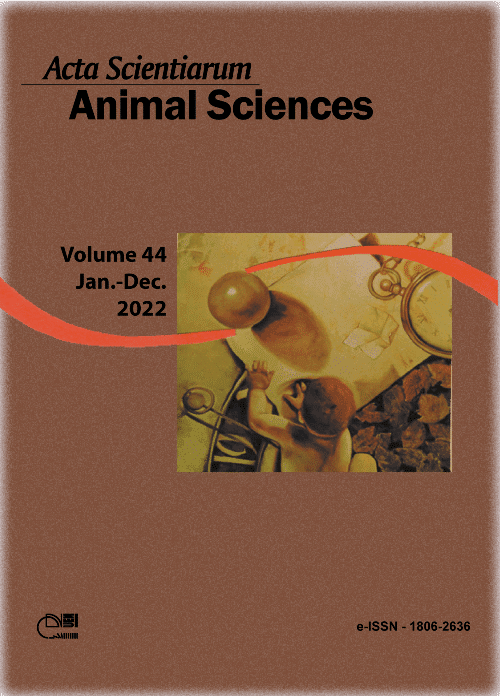
Rajesh Joshi, Diones Bender Almeida, Arthur Roberto da Costa, Anders Skaarud, Ulisses de Pádua Pereirac, Tim M. Knutsen, Thomas Moen, Alejandro Tola Alvarez
Aquaculture, Volume 537, 15 May 2021, 736515
Abstract
Nile tilapia has become the most important species within freshwater aquaculture worldwide, the global tilapia market being expected to reach US$ 25 billion before the end of 2028. Since on an average 50% of the biomass is being lost during outbreaks of Francisellosis in tilapia farms, this study was undertaken to estimate the genetic parameters for resistance to this economically important disease of Nile tilapia, and calculate the genetic correlation with body weights at different ages. A further aim was to characterize the potential of, and to select the best genomic model for, the implementation of genomic selection for resistance to Francisellosis in the commercial Nile tilapia breeding program.
The study revealed moderate to high heritabilities 0.37 ± 0.05 to 0.51 ± 0.06 for resistance to Francisellosis using both pedigree and genomic-based estimates. The genetic correlation between resistance to Francisellosis and five different growth traits at different ages ranged from −0.09 to −0.29. Compared to pedigree-based models, GBLUP was found to increase the predictive ability for resistance to Francisellosis by 57%, and the use of Bayesian models would increase this predictive ability by up to 217% in the practical breeding scenario.
Thus, the study shows the potential to increase resistance to Francisellosis by genetic selection in commercial Nile tilapia breeding programs. The genetic correlation between resistance to Francisellosis and growth traits showed negative trends, although they were significantly not different from zero. A very large increase in predictive ability for resistance to Francisellosis can be achieved by using Bayesian models for genomic selection.



